Home » Hunting Rules, Licenses, and Seasons » Hunting in Kansas for Pheasant, Quail, Grouse, and Dove
Hunting in Kansas for Pheasant, Quail, Grouse, and Dove
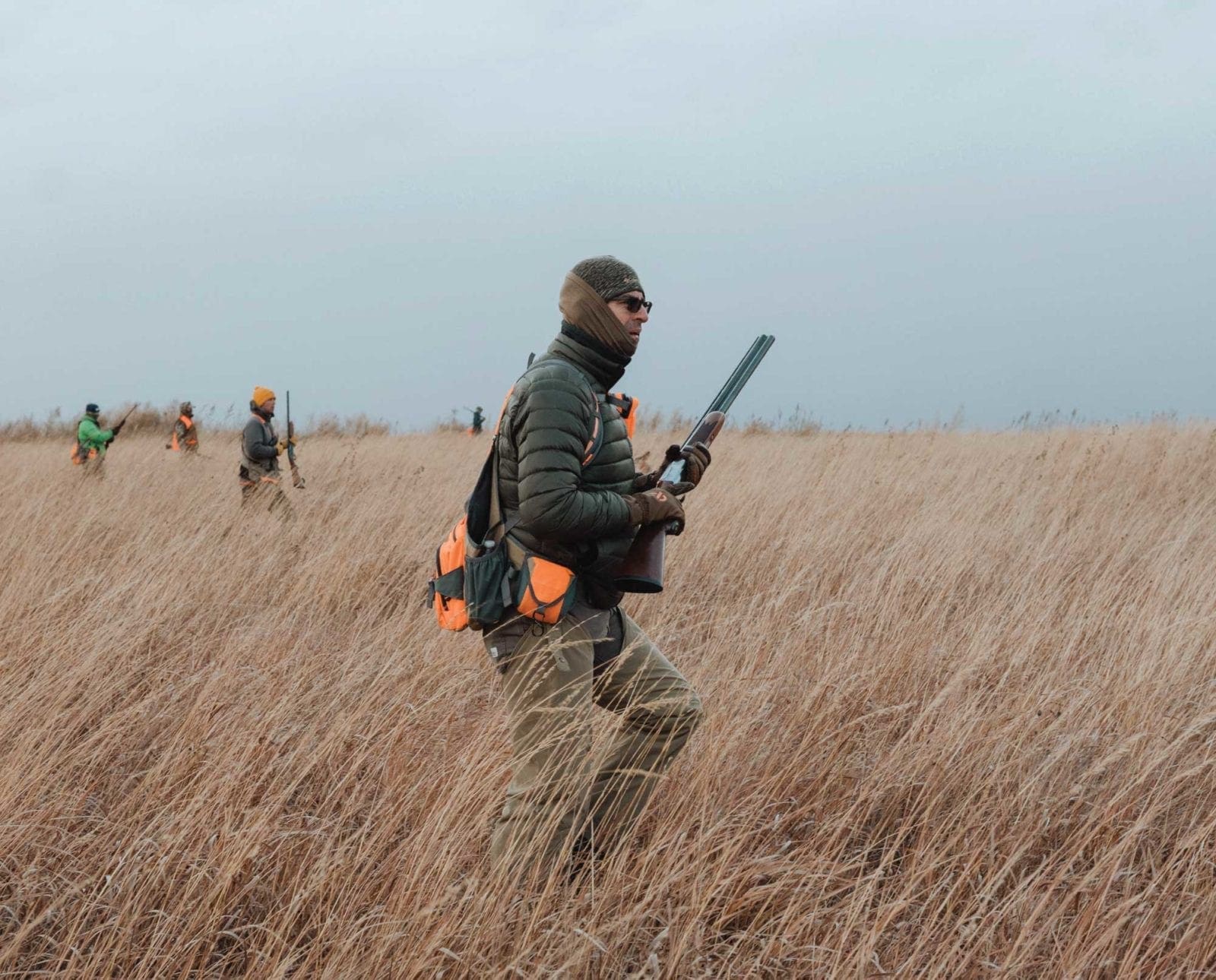
Edgar Castillo is a recently retired law enforcement officer for…
The Land of Oz offers bird hunting opportunities for pheasant, bobwhite quail, prairie grouse, dove, and more.
Kansas offers bird hunters some truly unique hunting opportunities. The Sunflower State, though often seen as being relatively flat, offers a mixed topography of distinct landforms and regions. Each of Kansas’ eleven regions are distinguished by their topography and habitat. This results in a diversity of upland game and allows for an overlapping of huntable upland species.
Kansas is typically ranked among the top states for upland hunting, specifically pheasant and bobwhite quail. Most Kansas residents as well as out-of-state bird hunters venturing into the state target the long-tailed rooster and Gentleman Bob. With liberal limits on birds, it can be a hunter’s paradise.
The WIHA (Walk-In Hunting Areas) program allows access to more than 1 million acres. Tracts range in size from 40 acres to several thousand. The WIHA atlases are available in August for the fall tracts. WIHA can also be viewed through the state’s easily-navigated website that includes Google Earth overlays.
| Species* | Season | Daily / Possession Limit | Notes |
| Ring-necked pheasant | Nov 9, 2024 – Jan 31, 2025 | 4 | Roosters only. Must leave evidence of bird’s sex on bird for transportation (foot, plumage, etc) |
| Ring-necked pheasant (Youth) | Nov. 2 – Nov. 3, 2024 | 4 | |
| Bobwhite & Scaled quail | Nov 9, 2024 – Jan 31, 2025 | 8 | |
| Bobwhite & Scaled quail (Youth) | Nov. 2 – Nov. 3, 2024 | 8 | |
| Greater prairie chicken | Sept. 15, 2024 – Jan 31, 2025 | 2 | East and northwest zones only |
| Mourning and white-winged dove | Sept 1 – Nov 29, 2024 | 15/45 | HIP permit required |
| Eurasian collared and ringed turtle doves | Jan. 1 – Dec. 31, 2024 | No Limit | Must have a fully-feathered wing attached while being transported |
| Virginia and Sora rail | Sept 1 – Nov 9, 2024 | 25/75 | HIP permit required |
| Snipe | Sept 1 – Dec 16, 2024 | 8/24 | HIP permit required |
| American woodcock | Oct 12 – Nov 25, 2024 | 3/9 | HIP permit required |
| Squirrel | Jun. 1, 2024 – Feb. 28, 2025 | 5/20 | |
| Cottontail & Jackrabbit | Jan. 1 – Dec. 31, 2024 | 10/30 |
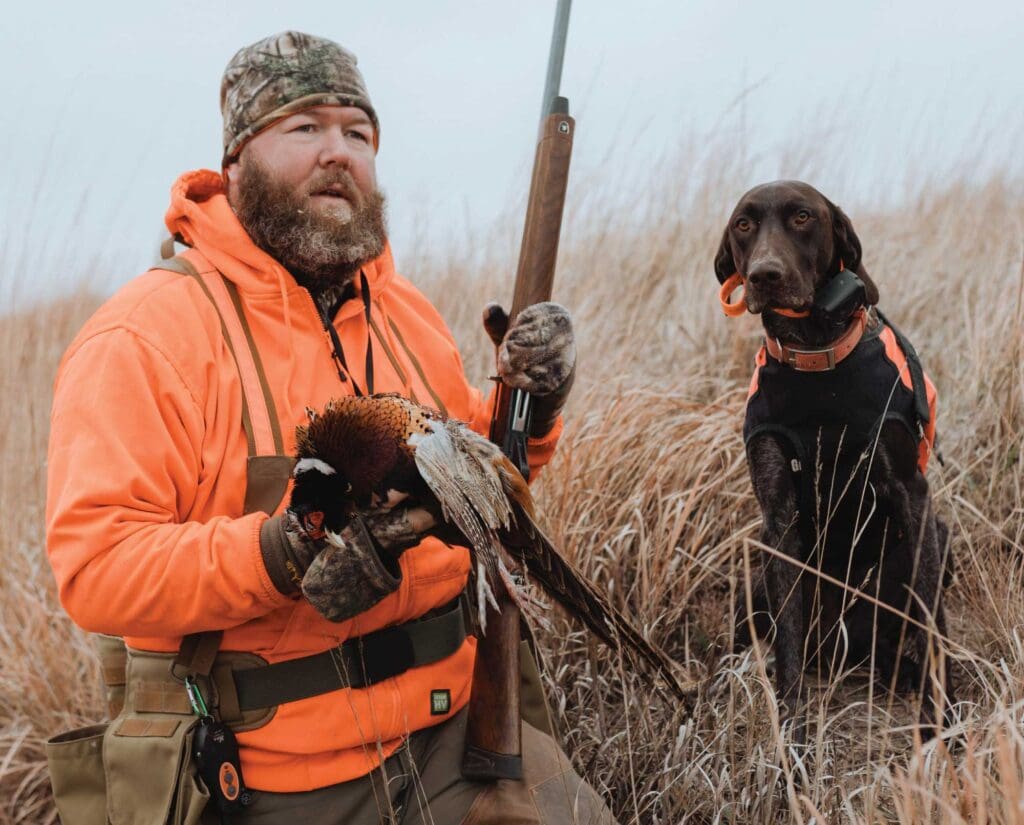
Ring-Necked Pheasant
With Kansas regularly falling in either third or fourth place among the states for pheasant hunting, the ring-necked pheasant is arguably the most popular species for bird hunting in Kansas. Since 1990, the annual harvest for pheasants has hovered between 400,000 and 900,000. Generally, the best hunting is found in the northwest and southwest, with the north central area being the most stable. Other regions of the state can have locally good pheasant numbers, and often provide good pheasant and quail combination hunting opportunities. The northeast area is often overlooked and should not be ignored by curious bird hunters. Many of the state-run WMAs (Wildlife Management Areas) are good places to start. Be aware: these areas are hit hard during the first couple of weeks after opening day.
Prairie-Chicken
You can find a lot of greater prairie-chickens hunting while in Kansas, particularly in the Flint Hills. This 50-mile wide strip of tall grass prairies reaches nearly from Oklahoma to the Nebraska state line. The Smoky Hills of the prairies in north central Kansas contain strong populations as well. Since the 90s, western populations have bloomed in the grasslands along northwestern streams. It’s important to remember that the southwest unit, beyond highway 156, is closed for hunting. Lesser prairie-chickens inhabit the shortgrass prairie in southwestern Kansas. Currently, the lesser prairie-chicken cannot be hunted and is listed as a threatened species.
Two distinct forms of prairie-chicken hunting occur in Kansas. The early season allows hunters with dogs to take advantage of prairie-chickens that hold during this time of year. The second form of hunting is during the regular season in late autumn. Fall hunting is usually done by pass shooting known chicken flight paths and corridors as birds fly to specific fields from roosts.
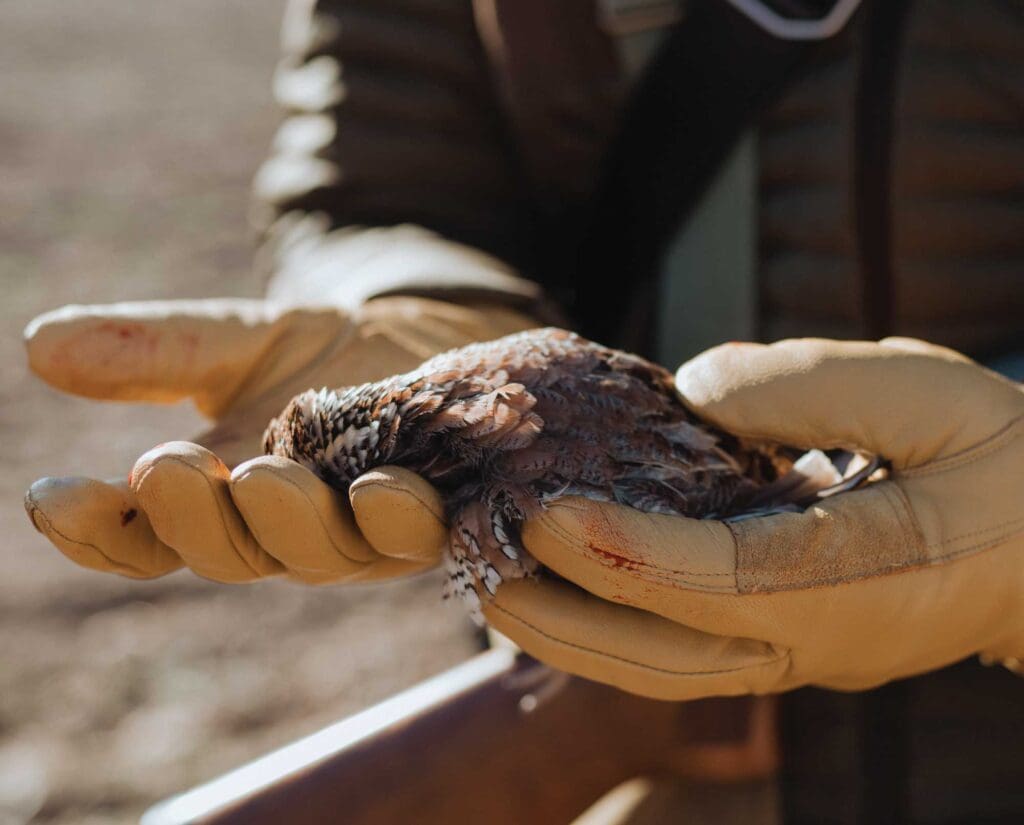
Scaled and Bobwhite Quail
Bobwhite quail are another good species for bird hunting in Kansas. One of the few public lands, the Melvern Wildlife Area, is purported to be good for quail hunting. The southeast and northeast regions are considered the best for quail. Depending on the severity of the year’s weather, the Red Hills can contain healthy populations.
Few Kansans, as well as bird hunters, are aware that there is another quail that occupies a small portion of the state. Tucked away in the far southwestern corner, the scaled quail has adapted to the arid and sand-sage prairie. The scaled quail has been documented in 12 Kansas counties, but their stronghold is the 108,000 acres of the Cimarron National Grassland. Scaled quail offer limited opportunities for bird hunting in Kansas, as locating them in such a vast area is difficult.
American Woodcock
The migratory American woodcock is not terribly abundant in Kansas, but a season is available since eastern Kansas is on the very edge of their range. They prefer shrubby and wooded riparian areas. Note that the American woodcock season is governed by federal migratory laws and a Kansas HIP permit is required.
Other Species for Bird Hunting in Kansas
There are a number of other seasons open for bird hunting in Kansas. Among seasons open for migratory game birds are mourning dove and common snipe. The mourning dove season runs from September 1 to November 29, with a daily bag limit of 15. The snipe season opens the same day, but goes until December 16 and the daily bag limit is 8. On the same day, the rail season opens and ends on November 9. You are allowed to bag 25 rail in a day.
Related Conservation and Non-Profit Organizations for Kansas Bird Hunting
North American Versatile Hunting Dog Association (NAVHDA)
Kansas Hunting License Fees
| License* | Resident | Non-resident |
| Hunting license | $27.50 | $97.50 |
| Senior Hunting License | $15.00 | N/A |
| Youth hunting (under 16 years of age) | N/A | $42.50 |
| Apprentice permit (max 2 years) | $27.50 | $97.50 |
| Kansas HIP stamp | $2.50 | $2.50 |
| Prairie Chicken Permit | $2.50 | $2.50 |
The Kansas Hunter Safety Course and Dog Training
If you are looking to purchase a hunting license for bird hunting in Kansas, you will need to complete a hunter education course. This is true for anyone born on or after July 1, 1957. If you are 16 or older and have not completed a hunter education course, you are still able to hunt under an apprentice license. The holder of an apprentice license must hunt under the supervision of an adult licensed hunter. Youth between 12 and 15 who have completed an approved hunter education can hunt without adult supervision, unless it’s during a youth season. The typical fee for a hunter course is $25.00.
Dog training happens year-round in Kansas. Unless you obtain a permit, you are not allowed to release any game birds on public lands. You may use pigeons without banding them.
The bird hunting season dates, game bird species available, and other information is subject to change. The article may not reflect this. Please visit the website for the Kansas Department of Wildlife, Parks & Tourism for the most up-to-date information on bird hunting in Kansas.
Edgar Castillo is a recently retired law enforcement officer for a large Kansas City metropolitan agency. He also served in the United States Marine Corps for twelve years. Edgar longs for the colors of autumn and frosty, winter days so he can explore the landscapes in search of wild birds in wild places. His passion lies in the uplands as he self-documents his travels across public lands throughout Kansas hunting open fields, walking treelines, & bustin’ through plum thickets.

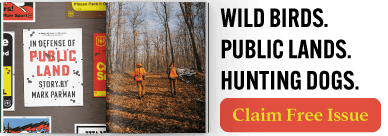

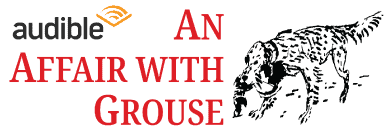
Great article and very informative for the out of state hunter.